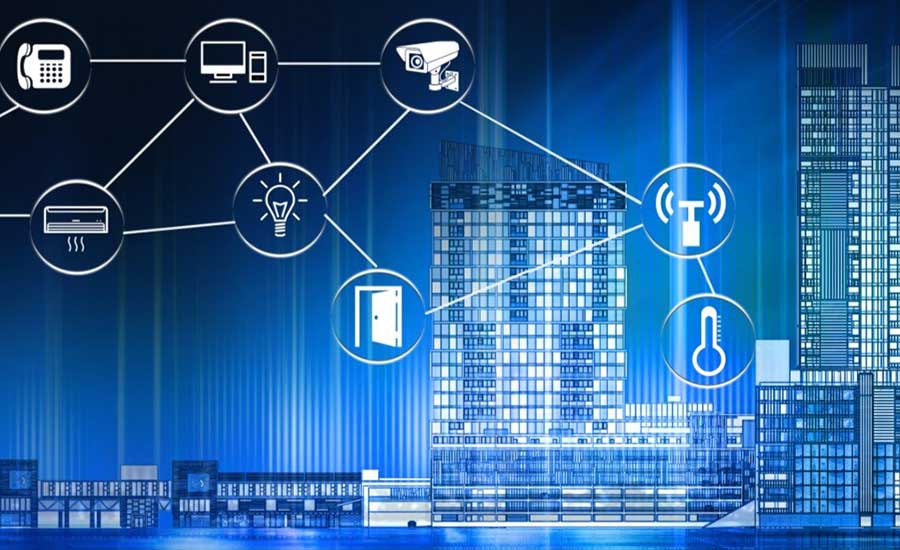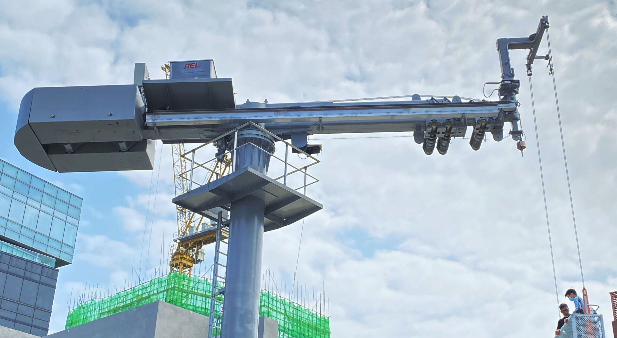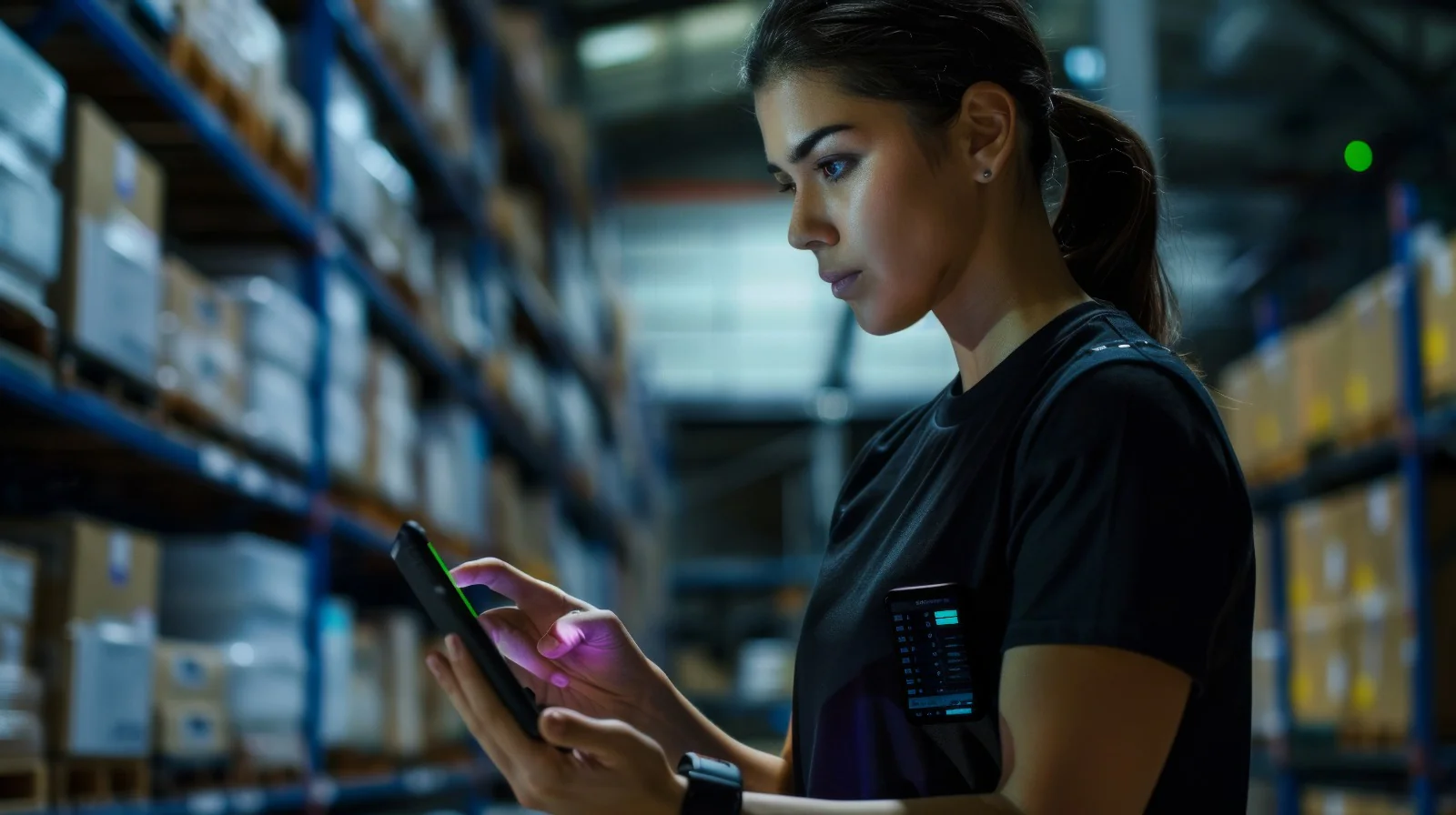Managing modern building systems has become increasingly complex. Facilities today rely on countless devices and sensors to monitor energy consumption, security, HVAC, lighting, and more. Without the right tools, overseeing these interconnected systems can quickly become overwhelming, inefficient, and prone to error. A Smart IoT Dashboard Solution offers a transformative way to simplify management by delivering real-time insights and enabling proactive decision-making.
What is a Smart IoT Dashboard Solution?
A Smart IoT Dashboard Solution combines the power of the Internet of Things (IoT) with intuitive visual interfaces that consolidate data from multiple sources into one centralized platform. This solution harnesses advanced IoT technology — sensors, devices, and connectivity — to collect valuable data about building operations. The dashboard then processes and presents this information clearly, empowering managers to monitor, control, and optimize systems efficiently.
Rather than relying on manual checks or isolated systems, facility managers gain instant access to actionable insights, whether they are overseeing a single facility or a network of buildings. The result is streamlined management, reduced operational costs, and improved performance.
Key Features of Smart IoT Dashboard Solutions
Real-Time Monitoring and Data Visualization: A hallmark of a Smart IoT Dashboard Solution is its ability to provide live data feeds from various sensors installed throughout the building. Energy usage, temperature, occupancy levels, and equipment status are displayed graphically for quick comprehension. This visualization enables rapid identification of anomalies or inefficiencies that require attention.
Seamless Integration with Building Systems: Building environments consist of diverse systems such as HVAC, lighting, security, and access control. A powerful IoT dashboard solution integrates data from all these disparate systems into a single interface. This interoperability removes data silos and gives a holistic view of the entire operation.
User-Friendly Interface for Smarter Decisions: The dashboard’s intuitive design ensures users can easily navigate through complex data without needing specialized technical knowledge. Customizable widgets, drag-and-drop features, and drill-down capabilities enhance usability so managers can focus on decision-making instead of wrestling with software.
Customizable Alerts and Notifications: Automated alerts notify users immediately when system parameters deviate from preset thresholds. Whether it’s a spike in energy consumption or an equipment malfunction, proactive notifications allow for swift action before small problems escalate into costly issues.
Scalability Across Facilities: Whether managing a standalone building or multiple sites, Smart IoT Dashboard Solutions are designed to scale seamlessly. Users can add new devices, sensors, and locations without overhauling their existing system, ensuring long-term adaptability as operations grow.
Benefits of Using a Smart IoT Dashboard Solution
Enhanced Operational Efficiency and Cost Savings: With real-time visibility into every system, facility managers can optimize energy consumption, reduce waste, and lower utility bills. Automated scheduling and control based on occupancy or environmental conditions help minimize unnecessary resource use. This efficiency directly translates to significant cost savings over time.
Improved Energy Management and Sustainability: The ability to monitor energy usage in granular detail supports sustainability goals. Smart dashboards track consumption patterns, identify inefficient equipment, and enable data-driven strategies for reducing carbon footprints. This environmental benefit also boosts compliance with green building standards.
Reduced Downtime and Faster Issue Resolution: IoT sensors continuously monitor equipment health and performance. Early detection of potential failures through predictive analytics minimizes unexpected breakdowns, leading to less downtime and costly repairs. Maintenance teams receive timely alerts that help prioritize and expedite service calls.
Data-Driven Decision Making and Forecasting: Historical data archived by the dashboard enables trend analysis and forecasting. Managers gain insights into seasonal usage, peak demand periods, and system performance over time. These analytics support strategic planning, budgeting, and investment decisions grounded in real operational data.
Increased Security and Safety Monitoring: Integrating security devices such as cameras, access controls, and environmental sensors into a unified dashboard strengthens building safety. Real-time monitoring helps detect unauthorized access, fire hazards, or environmental risks, enabling immediate response and enhancing occupant protection.
How Smart IoT Dashboard Solutions Work
The core of a Smart IoT Dashboard Solution is the continuous flow of data from IoT devices embedded throughout the building. Sensors measure variables like temperature, humidity, energy usage, and occupancy. These data points are transmitted via secure networks to the dashboard platform.
Once collected, the platform processes and analyzes the data using algorithms and machine learning techniques to identify patterns, anomalies, and actionable insights. The dashboard visualizes this information in easy-to-understand graphs, charts, and reports that can be accessed through computers or mobile devices.
Integration with existing Building Management Systems (BMS) ensures that the dashboard complements rather than replaces current infrastructure. This integration allows for centralized control and monitoring without disrupting established workflows.
Industries and Use Cases That Benefit Most
Commercial Real Estate and Office Buildings: Building owners and property managers leverage Smart IoT Dashboard Solutions to optimize energy usage, enhance tenant comfort, and streamline maintenance operations, leading to higher property value and tenant satisfaction.
Healthcare Facilities: Hospitals and clinics require stringent environmental controls and security measures. Real-time monitoring supports patient safety, regulatory compliance, and operational efficiency.
Manufacturing and Industrial Plants: Industrial environments use IoT dashboards to monitor machinery, energy consumption, and safety systems, reducing downtime and improving productivity.
Educational Institutions: Schools and universities benefit from efficient resource management, improved security, and optimized building performance to provide safe and comfortable learning environments.
Smart Cities and Municipal Infrastructure: Municipalities employ Smart IoT Dashboard Solutions to manage street lighting, traffic systems, public safety, and utilities, creating smarter, more sustainable urban spaces.
Choosing the Right Smart IoT Dashboard Solution
Selecting an effective Smart IoT Dashboard Solution requires careful consideration of several factors. Compatibility with existing devices and protocols ensures seamless integration. Scalability allows the system to grow with your needs without expensive upgrades.
Ease of use is critical — a complex dashboard can hinder adoption and delay benefits. Look for customizable interfaces that match user roles and preferences. Additionally, strong vendor support and continuous updates help future-proof your investment against evolving technology.
Future Trends in Smart IoT Dashboard Technology
The future of Smart IoT Dashboard Solution is bright, driven by advances in artificial intelligence (AI) and machine learning. These technologies will enhance predictive maintenance capabilities, automate more control functions, and provide deeper insights.
Cybersecurity will continue to grow in importance as connected devices increase. Future solutions will incorporate stronger encryption and threat detection to protect sensitive data.
The IoT ecosystem itself is expanding, with more devices and platforms becoming interoperable, enabling even broader integration and smarter automation.
Takeaway
A Smart IoT Dashboard Solution is no longer a luxury but a necessity for efficient, sustainable, and secure building management. By consolidating data from diverse systems into real-time, actionable insights, these solutions empower managers to make smarter decisions, reduce costs, and enhance occupant safety and comfort.











